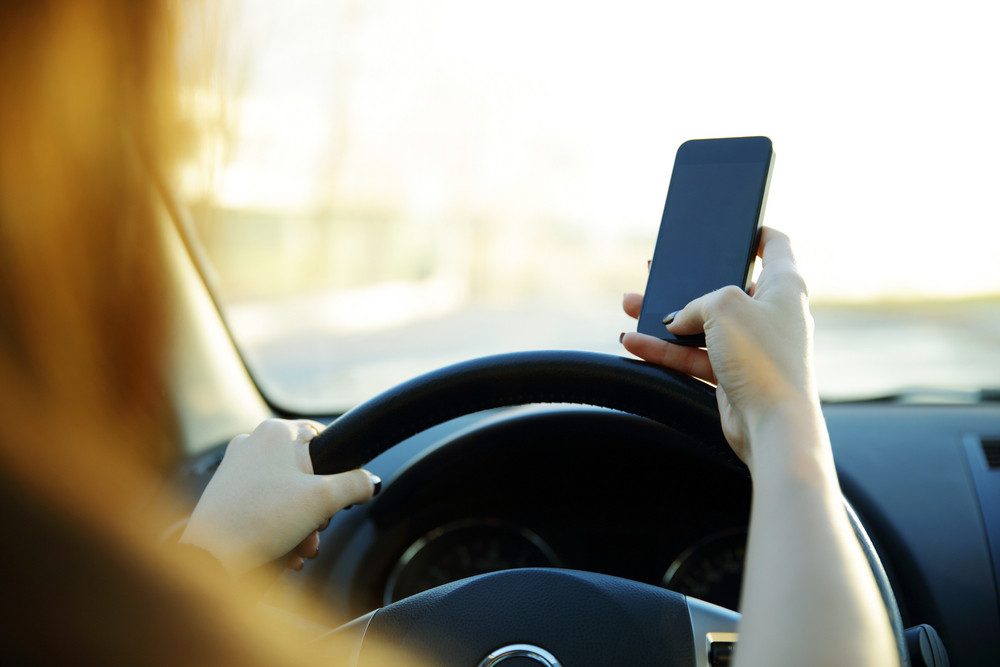How Smartphones Are the Biggest Hidden Risk on the Road

Smartphones have transformed every aspect of our lifestyle, offering unparalleled convenience and capabilities. However, they pose significant risks, particularly when used behind the wheel. As drivers become increasingly reliant on their phones, distracted driving has become an alarming danger on the road.
The Prevalence of Distracted Driving
Distracted driving is a growing concern, with nearly ten percent of fatal accidents attributed to it, according to Value Penguin. The omnipresence of smartphones means they are constantly vying for our attention, even when it should be focused on driving. As such, the momentary distraction of checking a text or notification can have dire consequences, drastically altering lives.
Despite awareness campaigns, the culture of checking our smartphones persists, often overshadowing the warnings against it. These habits are deeply ingrained, becoming a significant component of the modern lifestyle, perpetuating the risk of distraction on the road. Reducing this behavior is complicated by the constant connectivity that smartphones provide, which some find hard to resist.
More than just individual negligence, societal norms around phone usage contribute to a broader problem. Culturally, multitasking is often viewed as a skill, despite evidence of its inefficiency and danger when driving is involved. Thus, addressing the machinery of distracted driving involves reshaping perceptions and expectations tied to our digital lifestyles.
Hit and Run Accidents: A Nationwide Concern
Every year, an estimated 700,000 hit and run accidents occur across the nation, highlighting the severity of reckless behaviors on the road. While not all these incidents are the result of smartphone distractions, a significant portion of them occur because drivers are not fully focused. This reality reflects a troubling intersection where technology meets safety, endangering countless lives.
Hit and run accidents are particularly distressing because they often leave victims without immediate assistance. The combination of distraction and panic can cause a driver to flee the scene, compounding the danger already present. Such situations underscore the importance of drivers committing to undistracted driving, prioritizing safety over the urge to check their phones.
Law enforcement and legislators continually seek measures to curb these accidents by implementing stricter regulations and promoting awareness. However, the pervasive nature of smartphone use makes regulation challenging. Only a cultural shift towards conscious driving, free of distractions, will significantly reduce the frequency of these incidents.
Parking Lots and Garages: Unseen Risk Areas
According to MotorBiscuit, about 20 percent of vehicular accidents happen in parking lots and garages. Despite the seemingly low speeds involved, accidents in these areas can still lead to significant damage and injuries. Drivers might lower their guard, allowing distractions like smartphones to take precedence, overlooking the potential dangers around them.
The assumption that lower speeds equate to lower risk is misleading, especially when distractions are introduced. The confined spaces, abundant obstacles, and frequent movement of pedestrians mean that any lapse in attention can result in an accident. Parking lots and garages demand the same level of careful attention as any other driving environment.
Increasing awareness of these hidden risk zones is crucial to fostering safer driving habits. Adopting a mindset that respects the importance of focus in every driving context is essential. As such, reducing smartphone usage in these scenarios must become part of the responsible driving lifestyle.
Technology’s Double-Edged Sword
Smartphones represent a double-edged sword, providing valuable tools and information but also being a significant source of distraction. The challenge lies in balancing the benefits they offer with the need for safety on the road. It requires a commitment to understanding when and where phone use is appropriate.
Ultimately, fostering a safety-first approach in our use of technology can dramatically reduce road accidents. As responsible individuals, it is our duty to cultivate habits that safeguard our communities against the potential pitfalls of smartphone distractions. Embracing mindful technology use is key to a future of safer roads.




